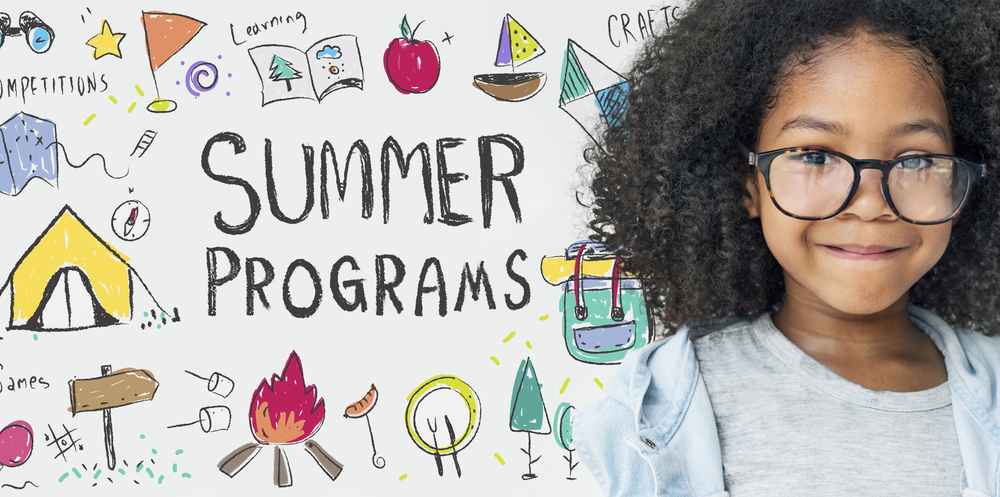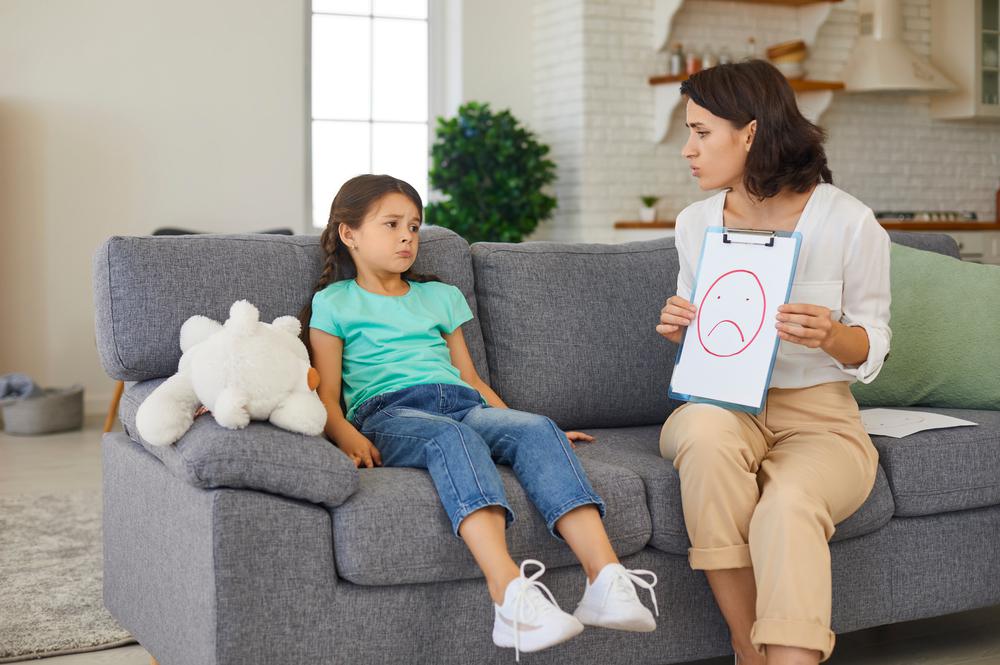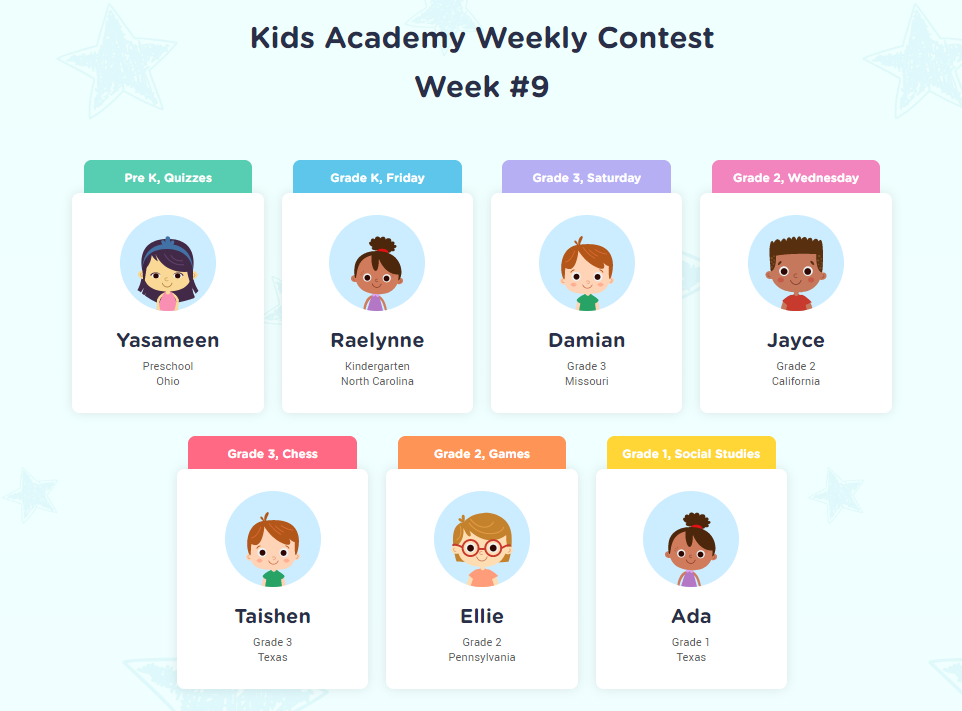Tracing Words worksheets activities for Ages 8-9
12 filtered results
-
From - To
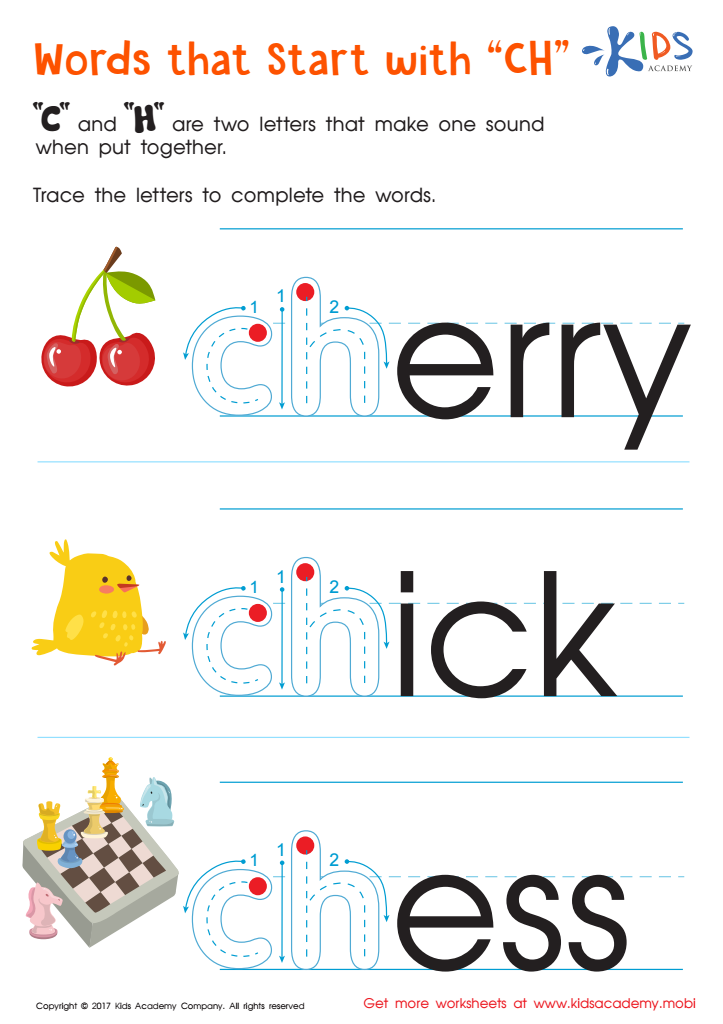

Words That Start with "ch" Spelling Worksheet
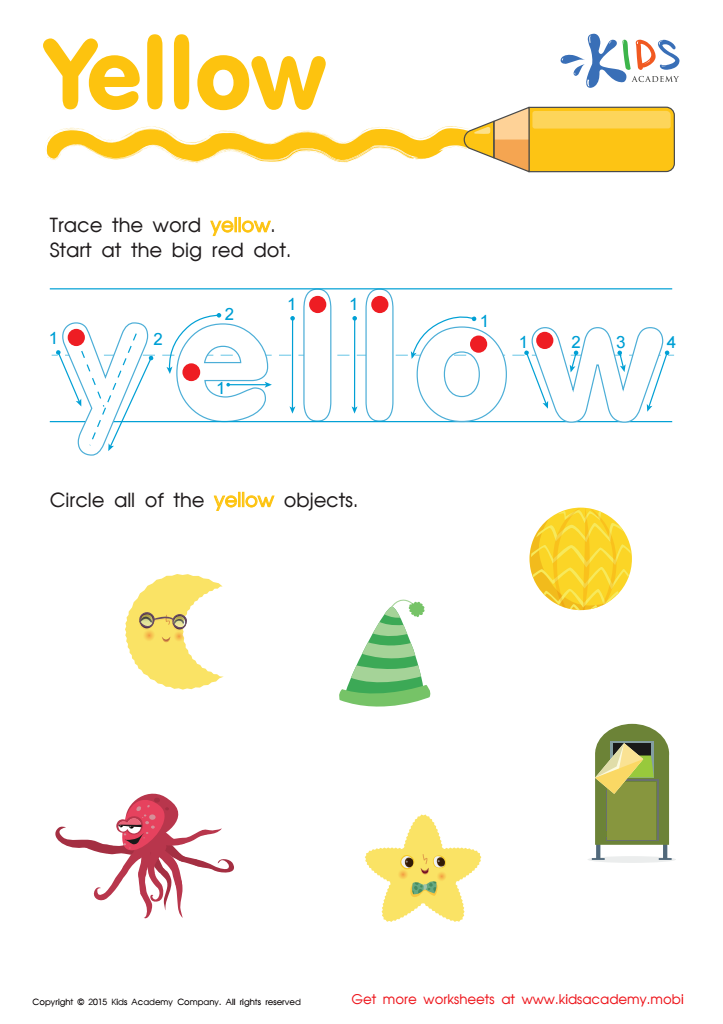

Yellow Tracing Color Words Worksheet


Pink Tracing Color Words Worksheet


Red Tracing Color Words Printable
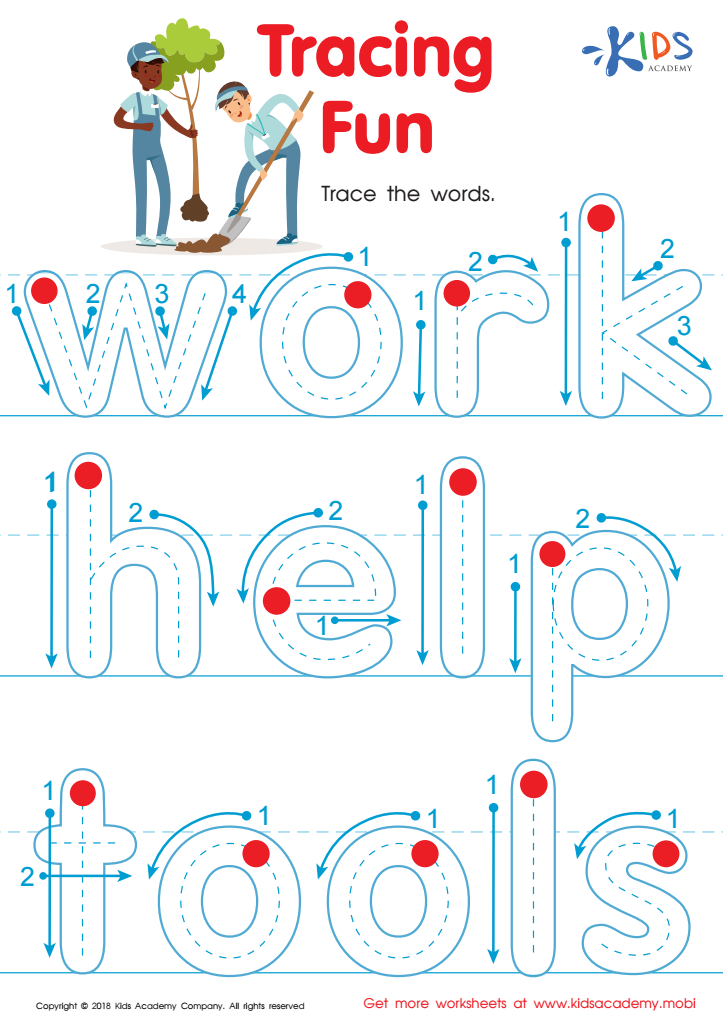

Tracing Fun Worksheet
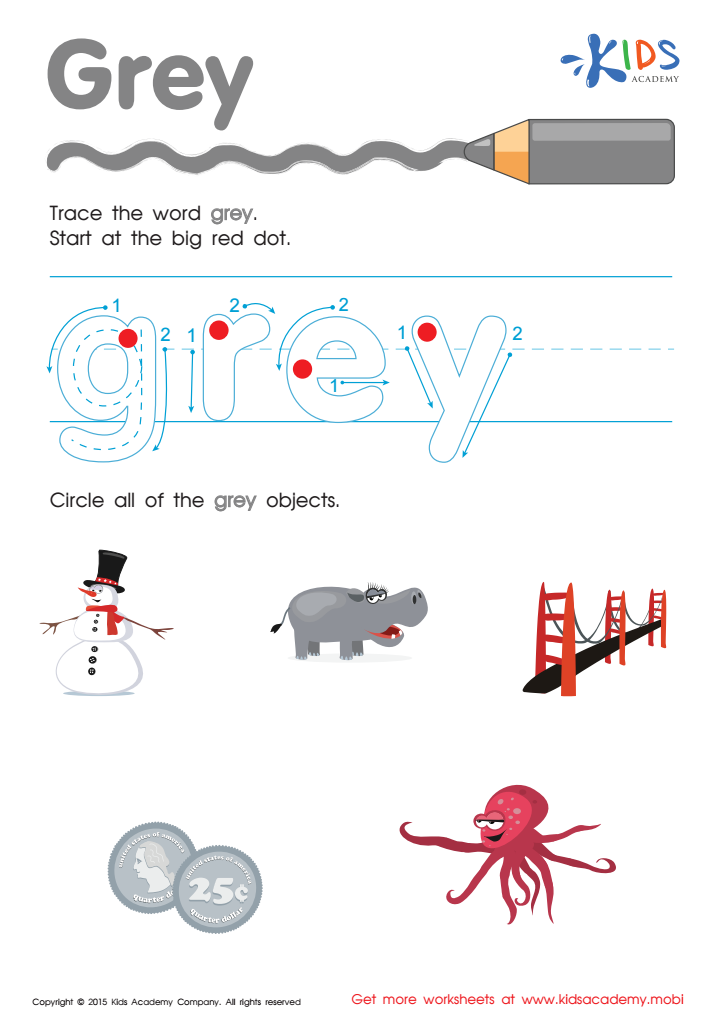

Grey Tracing Color Words Worksheet
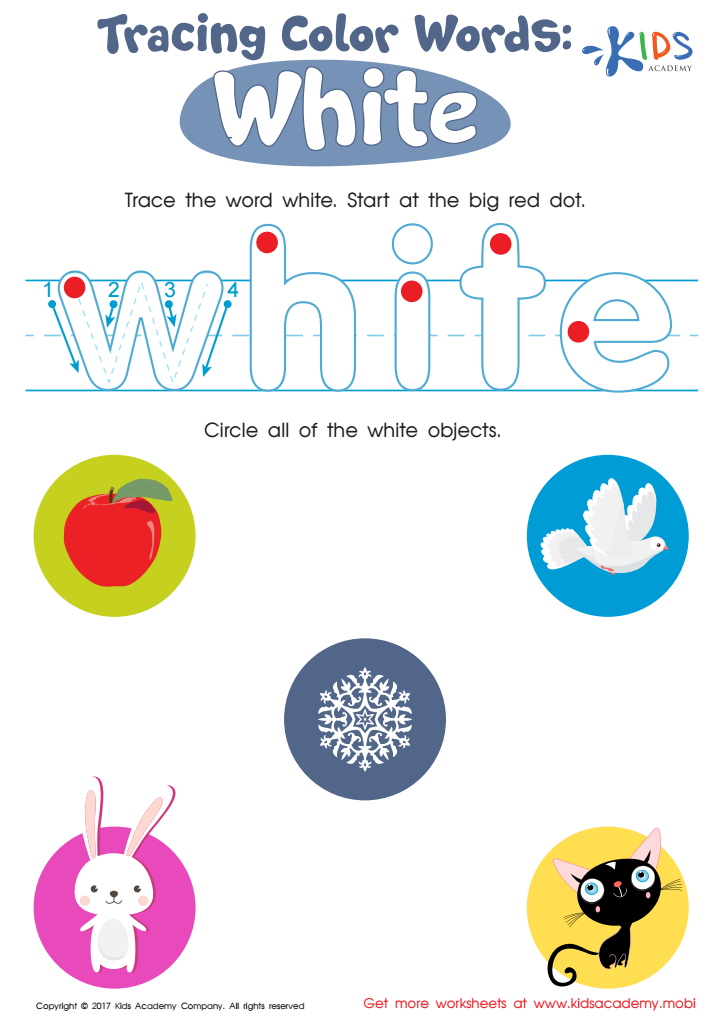

White Tracing Color Words Worksheet
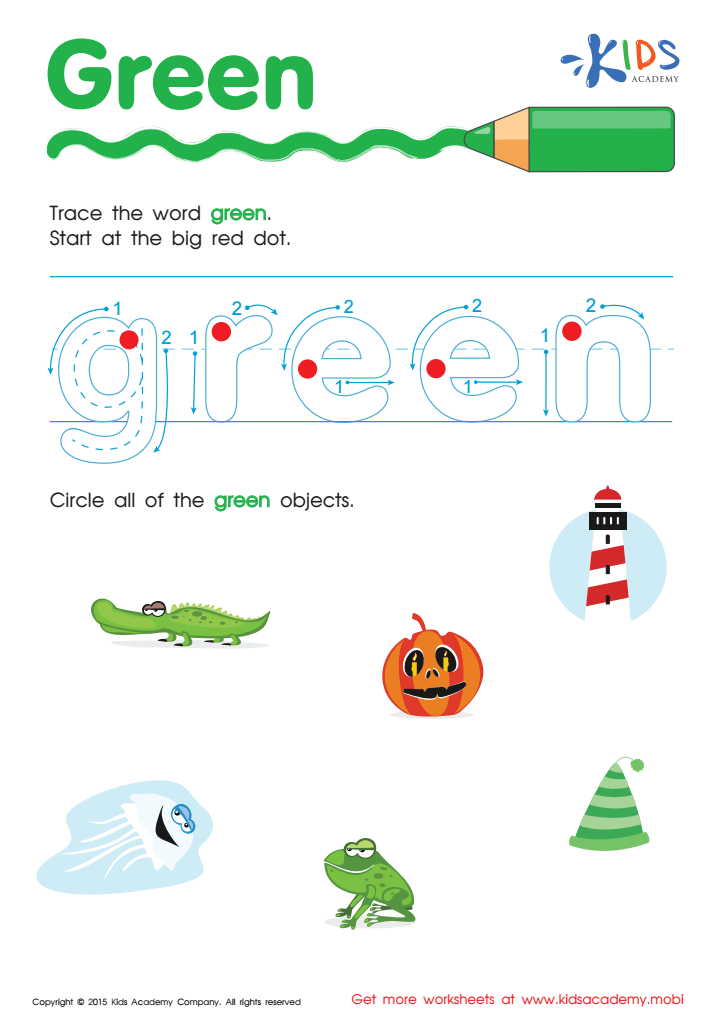

Green Tracing Color Words Worksheet
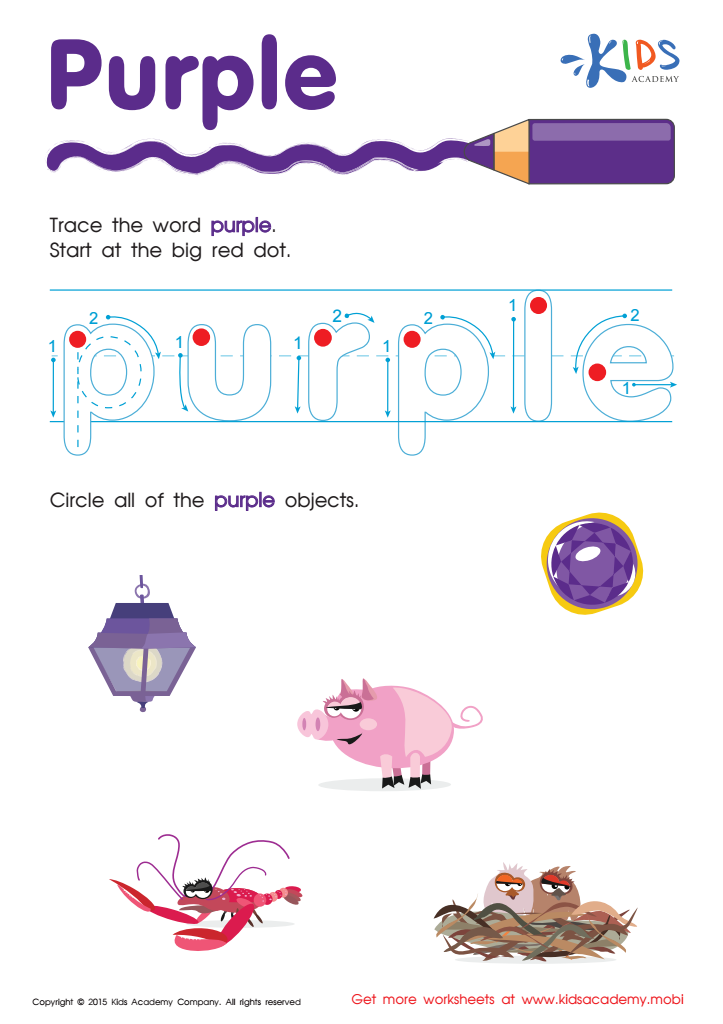

Purple Tracing Color Words Worksheet
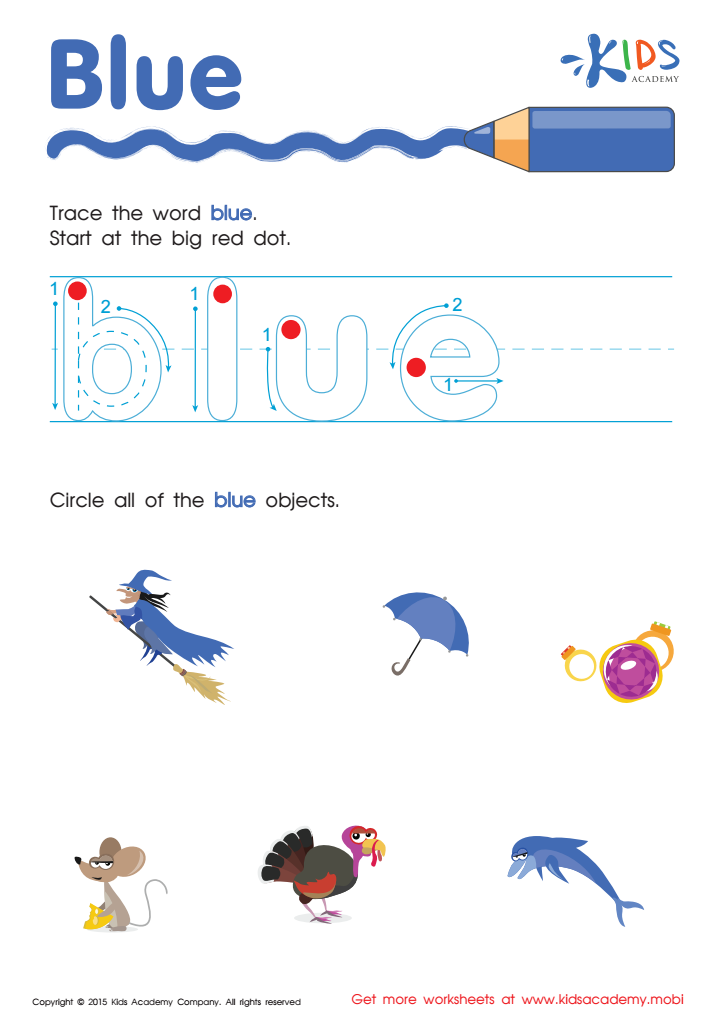

Blue Tracing Color Words Printable
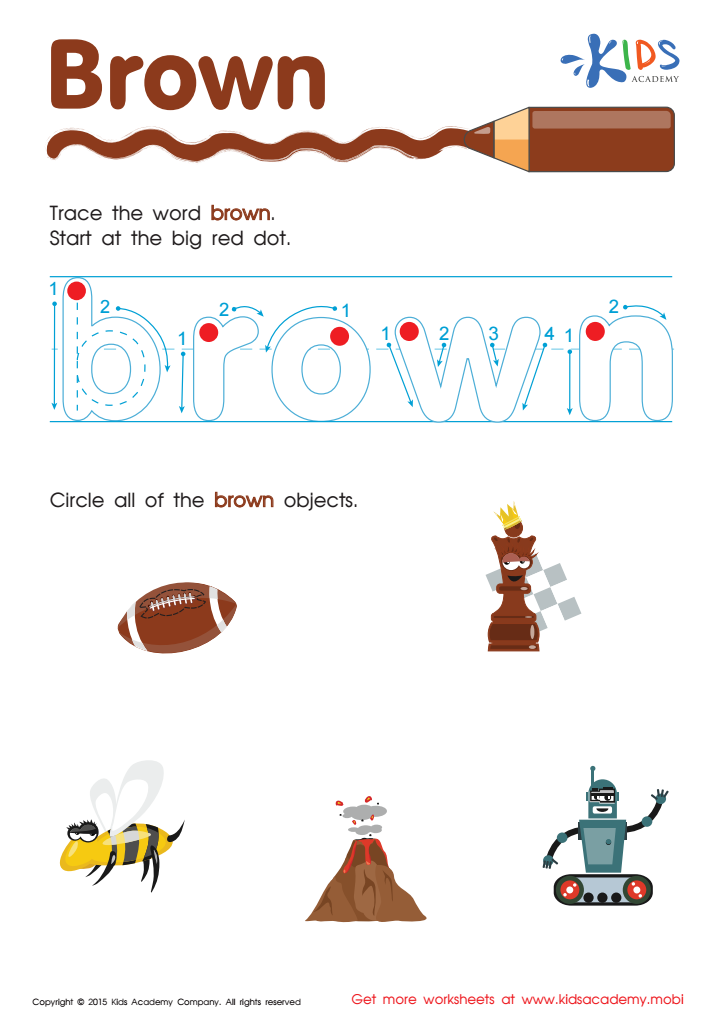

Brown Tracing Color Words Worksheet
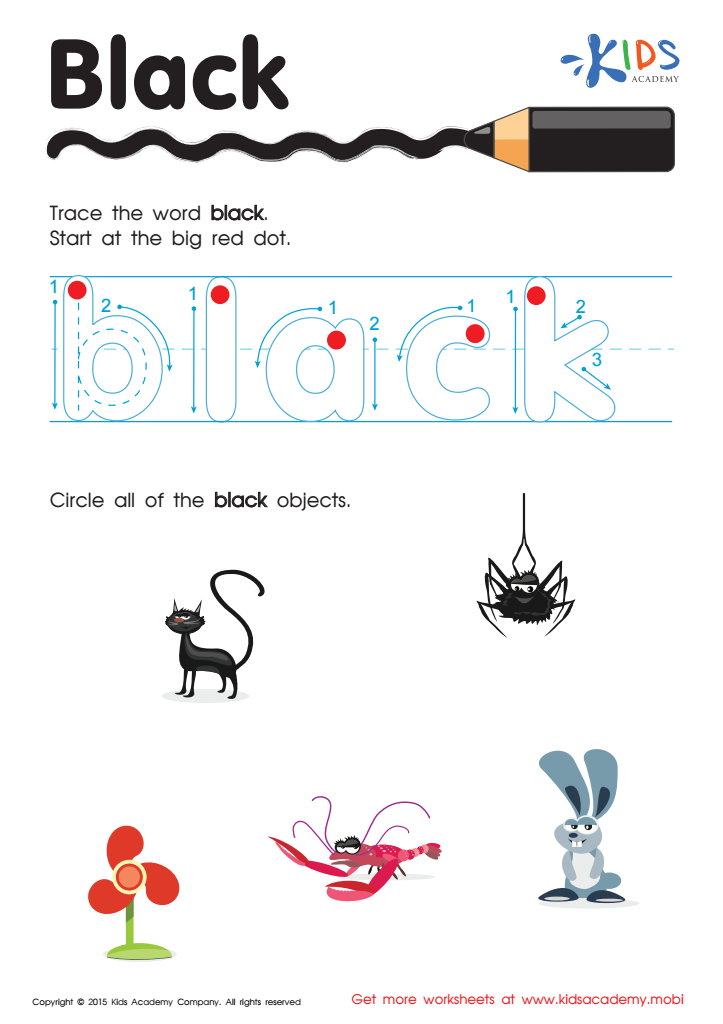

Black Tracing Color Words Printable
Tracing Words worksheets activities are an invaluable tool in the realm of early childhood education, offering a multitude of benefits that extend far beyond simple handwriting practice. These activities serve as a foundational step in the journey of literacy, cultivating skills that are crucial for young learners’ academic success and overall development.
First and foremost, Tracing Words worksheets activities help in fine-tuning motor skills. The act of tracing requires control and precision, fostering the development of small muscle movements in the hands and fingers. This enhanced motor control is not only vital for writing but also beneficial for other tasks requiring dexterity, such as tying shoelaces or buttoning clothes.
Moreover, these activities play a significant role in improving hand-eye coordination. As children follow the paths of letters with their eyes while their hands work to trace them, they learn to synchronize their visual and motor skills. This coordination is essential not just in writing but in sports, reading, and various other activities.
Tracing Words worksheets activities also introduce young learners to the basics of letter formation, promoting early literacy skills. By tracing letters, children become familiar with their shapes, which is the first step towards recognizing them. This familiarity aids in faster letter recognition, a critical component of reading. Furthermore, as children trace, they begin to understand the concept of spelling and gradually build their vocabulary.
Additionally, these worksheets encourage concentration and patience. Tracing words is a task that requires focus and persistence, qualities that are beneficial in all learning areas. It teaches children to slow down, pay attention to detail, and approach tasks methodically, which are important learning habits.
In conclusion, Tracing Words worksheets activities are more than just a handwriting exercise; they are a comprehensive educational tool that supports motor development, hand-eye coordination, early literacy, and learning behavior. By incorporating these activities into the learning curriculum, educators and parents can provide children with a solid foundation for academic success and personal growth.
 Assign to My Students
Assign to My Students




